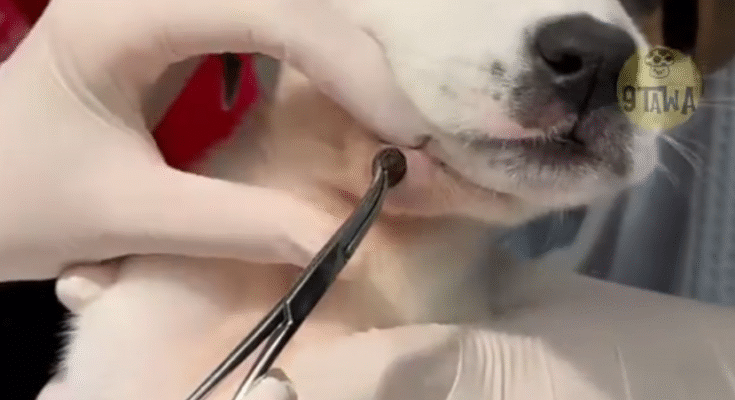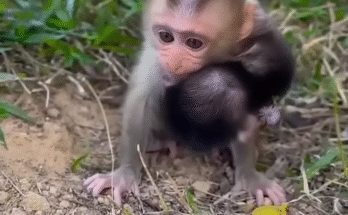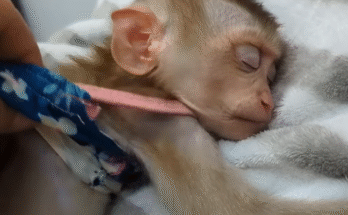Finding out you or your pet has a bot fly larva under the skin can be a disturbing experience. These parasitic creatures can cause pain, swelling, and even infection if not properly removed. While it’s a common issue in tropical and subtropical areas, it often shocks people who encounter it for the first time. This guide explains everything you need to know about bot fly larvae, the symptoms of infestation, and most importantly—how to safely remove them.
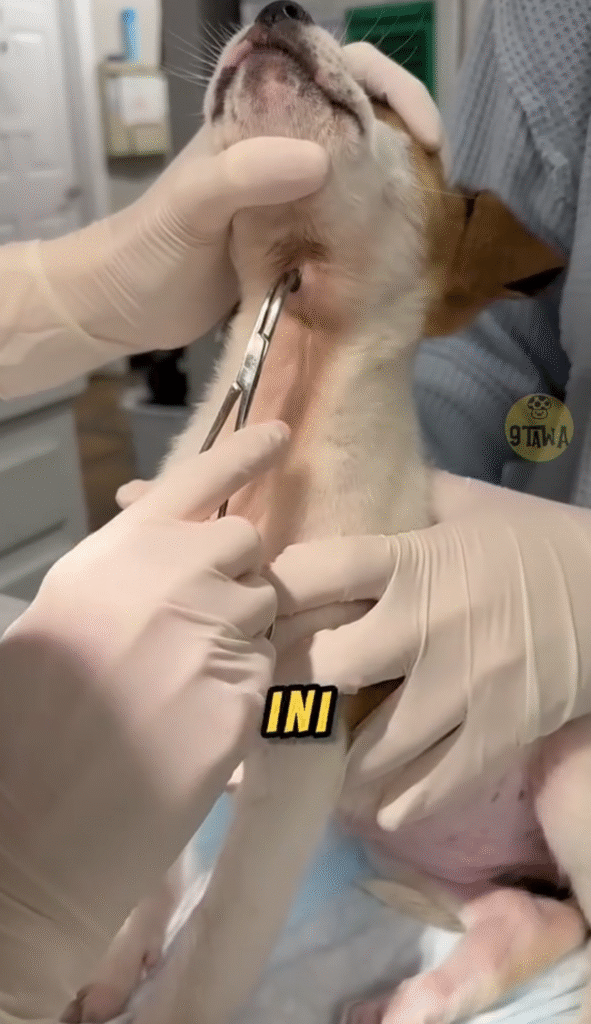
What is a Bot Fly?
Bot flies (family Oestridae) are parasitic insects whose larvae live inside the skin of mammals. Different types target different animals—some specialize in horses, some in rodents, and others in humans. The human bot fly (Dermatobia hominis) is most commonly found in Central and South America. However, travelers may bring larvae back unknowingly in their skin after outdoor activities in tropical areas.
Bot flies don’t lay their eggs directly on you. Instead, they use other insects like mosquitoes or ticks to deliver their eggs. When the host insect lands on your skin, the warmth triggers the eggs to hatch. The larvae then burrow into your skin and grow for weeks.
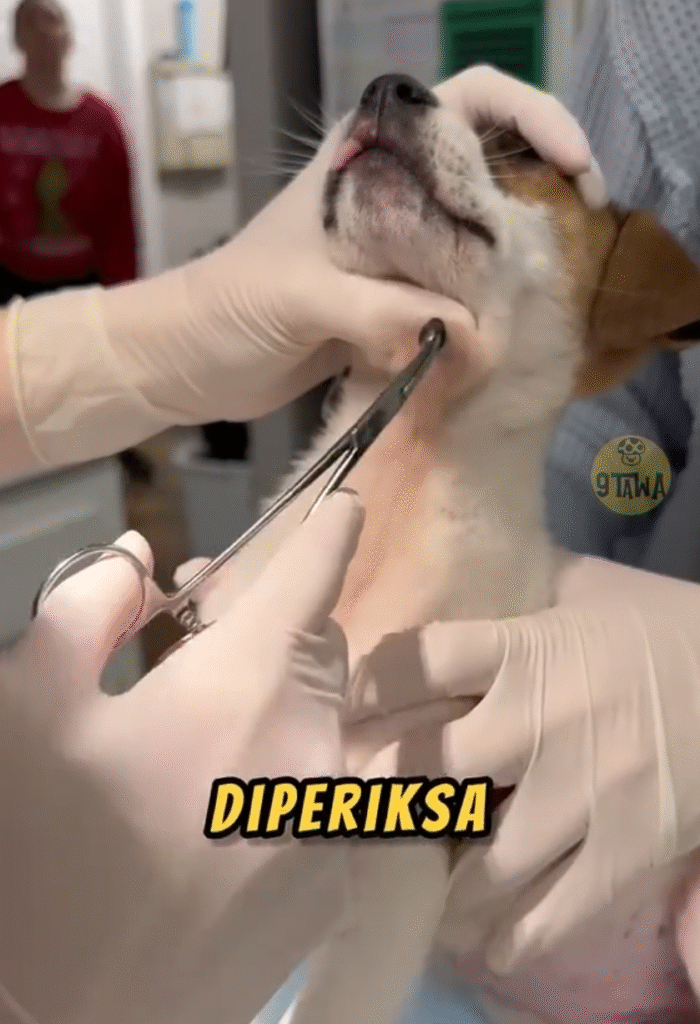
Symptoms of Bot Fly Infestation
Once a larva has burrowed into the skin, the following symptoms may appear:
- A raised, painful bump that resembles a boil or cyst
- A small hole at the top of the bump (used for breathing)
- Movement or wriggling sensation under the skin
- Discharge (clear or pus-like)
- Swelling and redness
- Itching or a burning sensation
- Fever (if infected)
Pets, especially dogs and cats, may scratch the area constantly, appear irritated, or even try to bite it.
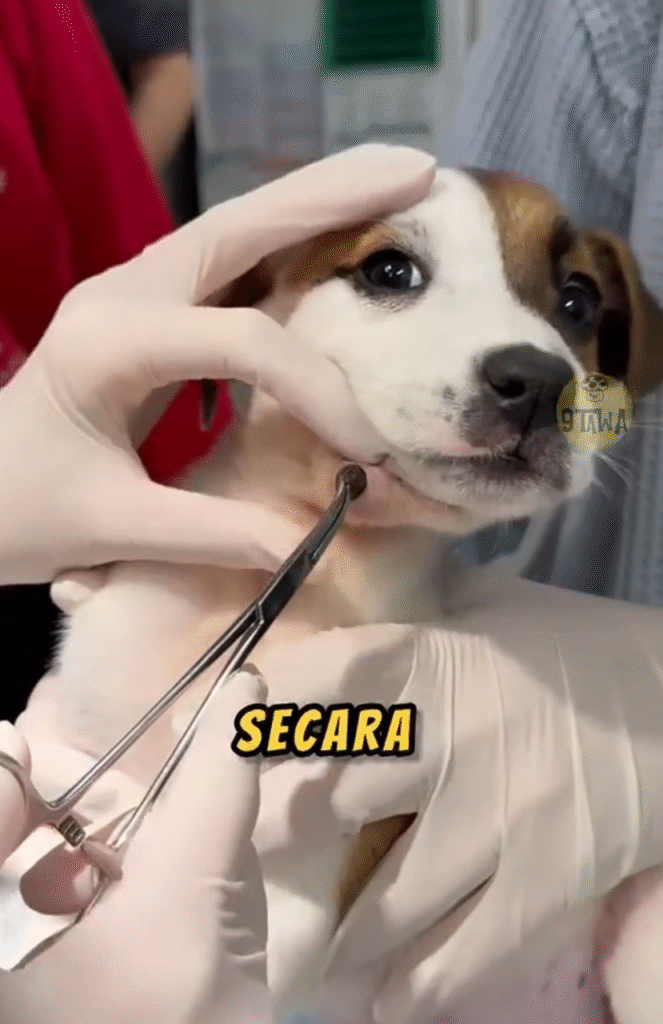
How to Remove Bot Fly Larvae (Step-by-Step)
⚠️ Warning: Improper removal can lead to severe infections, allergic reactions, or damage to surrounding tissue. It’s always recommended to seek professional medical or veterinary help when possible.
🧴 1. Suffocate the Larva
The first step is to block the larva’s access to air. The bot fly larva breathes through a small hole in the skin called a “warble hole.”
Materials You Can Use:
- Petroleum jelly (Vaseline)
- Nail polish
- Bacon fat or raw meat (old-fashioned method)
- Glue and gauze
- Beeswax or candle wax
What to Do:
Apply a thick layer of the chosen substance over the hole and cover it with a bandage or tape. Leave it for a few hours. The larva, unable to breathe, will either die or attempt to wriggle out for air.
🧲 2. Gently Extract the Larva
Once the larva starts to emerge, you can attempt to pull it out.
You’ll Need:
- Sterile tweezers
- Gloves
- Rubbing alcohol or antiseptic
- Patience
Steps:
- Wash your hands thoroughly and wear gloves if possible.
- Disinfect the tweezers with rubbing alcohol.
- Carefully grip the part of the larva that’s visible.
- Gently but firmly pull it out in one slow motion. Avoid squeezing, as this can rupture the larva and cause infection.
- Once removed, examine it to ensure the entire larva came out. If a part is left behind, infection may occur.
🧼 3. Clean the Wound
After removal:
- Clean the area thoroughly with soap and water.
- Apply an antiseptic or antibiotic ointment.
- Cover with a sterile bandage.
- Monitor for signs of infection (redness, warmth, pus, increasing pain).
Repeat wound cleaning 1–2 times per day until it fully heals.
🐾 Special Note: Bot Fly Removal in Pets
If your dog or cat has a warble, the removal method is similar—but be extra cautious.
- Keep your pet calm or sedated (under vet guidance).
- Use gloves and have someone hold the pet securely.
- NEVER attempt removal if the larva is deeply embedded or if your pet is in visible distress.
- Always disinfect the wound thoroughly.
- Contact your vet if you’re unsure or complications arise.
Home Remedies People Try (Use with Caution)
Some people in rural or remote areas use traditional methods such as:
- Raw bacon or meat: Taped over the breathing hole, this lures the larva out.
- Glue and cotton ball: Seals the breathing hole; the larva suffocates and emerges.
- Smoke or heat: Held close to the bump, heat can sometimes encourage the larva to exit.
These methods have risks and should only be used when no medical help is available. The larva must come out whole, or problems may follow.
When to See a Doctor or Vet
Seek professional help if:
- The larva does not emerge after 24–48 hours.
- You cannot grip the larva without pain or risk of rupture.
- The wound becomes infected (pus, spreading redness, fever).
- You have multiple warbles.
- You are unsure if it’s a bot fly or another type of cyst.
Doctors or vets may use sterile surgical techniques or inject lidocaine to help remove the larva more easily and safely.
Prevention Tips
- Wear insect repellent when in tropical or wooded areas.
- Cover exposed skin with long sleeves and pants.
- Use mosquito nets and sleep in screened or air-conditioned areas.
- Check your pets daily, especially if they’ve been outdoors.
- Inspect your skin after hiking or traveling in risk zones.
Final Thoughts
While bot fly infestations are gross and uncomfortable, they are treatable. The key is recognizing the symptoms early and removing the larva properly. With the right steps, you or your furry friend can be back to normal in no time.
And remember—if you’re ever in doubt, call a professional. Better safe than sorry when it comes to tiny creatures living under your skin! 😲
Disclaimer: This article is for informational purposes only. It is not a substitute for professional medical or veterinary advice. Always consult a qualified expert if you suspect a bot fly infestation.
